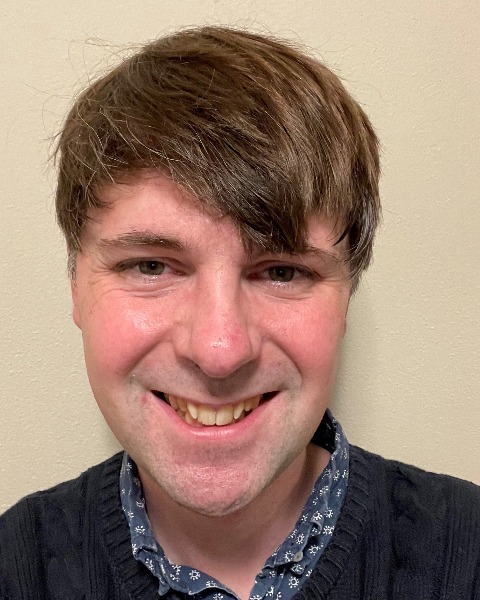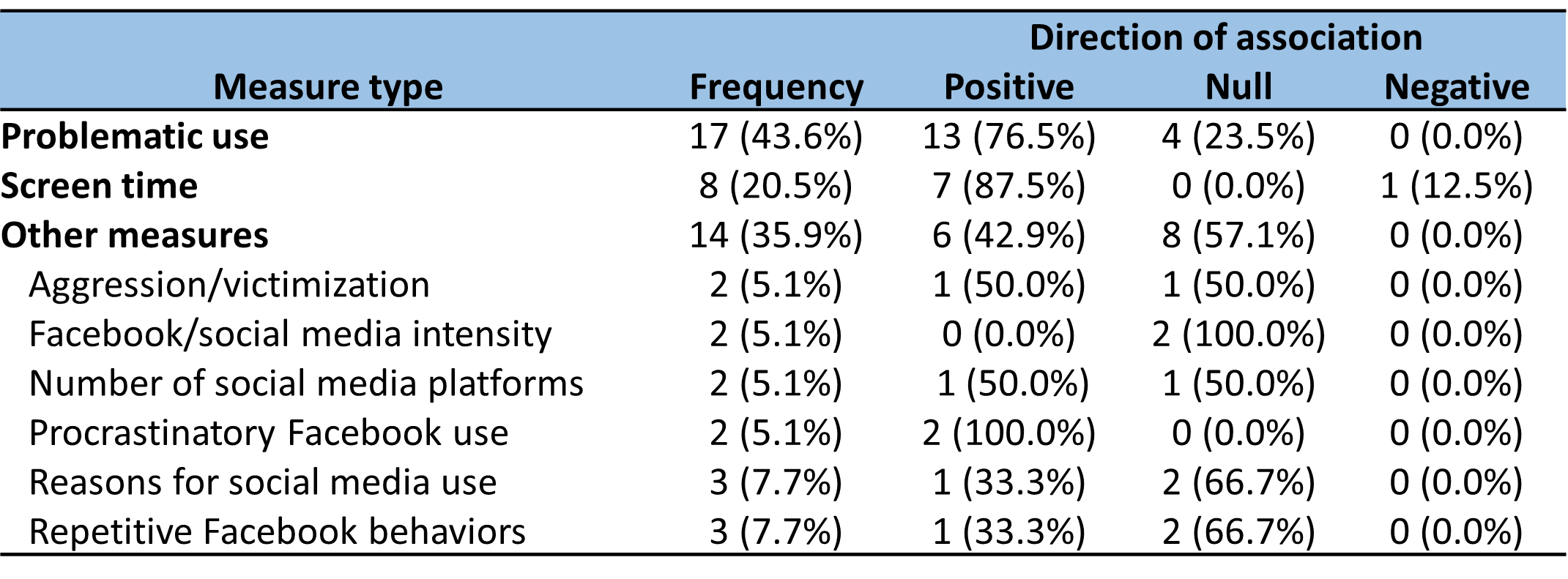Social Media & Technology
Social Media & Technology
617 - Associations between social media use and anxiety among adolescents: a systematic review study
Publication Number: 617.454

Bradley Kerr, MS (he/him/his)
Researcher 1
University of Wisconsin School of Medicine and Public Health
Madison, Wisconsin, United States
Presenting Author(s)
Background:
Anxiety disorders are the most common category of mental illness among adolescents. Previous studies have shown mixed associations between social media use and anxiety. Factors associated with these mixed findings remain unexplored.
Objective:
The purpose of this systematic review study was to evaluate studies of social media and anxiety among adolescents. We specifically examined directions of associations, social media and anxiety measures, demographic stratification, and study quality.
Design/Methods: We searched 7 major databases; eligible articles included those published in English before 2021 that tested associations between social media use and anxiety among adolescents at middle school, high school, or college age. Title and abstract screening, full text screening, and data extraction were completed by two reviewers using the software Covidence. Data were extracted for directions of associations (positive, negative, null, mixed), social media measures (e.g., problematic use, screen time), anxiety measures (e.g., Depression and Anxiety Stress Scale), demographic group stratification, and study quality (Strengthening of Reporting of Observational Studies in Epidemiology: STROBE).
Results:
Among 10,757 unique articles that underwent title and abstract screening, 70 were eligible for full text screening. A total of 28 met inclusion criteria for data extraction. The majority reported positive associations between social media use and anxiety (n = 18, 64.3%). Problematic use was the most common type of social media measure (n = 17, 43.6%), followed by screen time (n = 8, 20.5%). Majorities of positive associations with anxiety were observed for measures of problematic use (n = 13, 76.5%) and screen time (n = 7, 87.5%). Across all other social media measure types, 42.9% (n = 6) showed positive associations. A total of 16 measures of anxiety were used. The Depression and Anxiety Stress Scale was the most used anxiety measure (n = 4, 14.3%). A total of 4 studies (14.3%) stratified findings by gender identity; none stratified by race, sexual orientation, or age group. The mean STROBE score was 34.2 (SD = 4.5) out of a possible 46.
Conclusion(s):
Previous work predominantly examined problematic social media use. Findings support pediatricians discussing anxiety in conjunction with problematic social media use with adolescents. Associations for other measure types were less consistent and are a key direction for future research.
